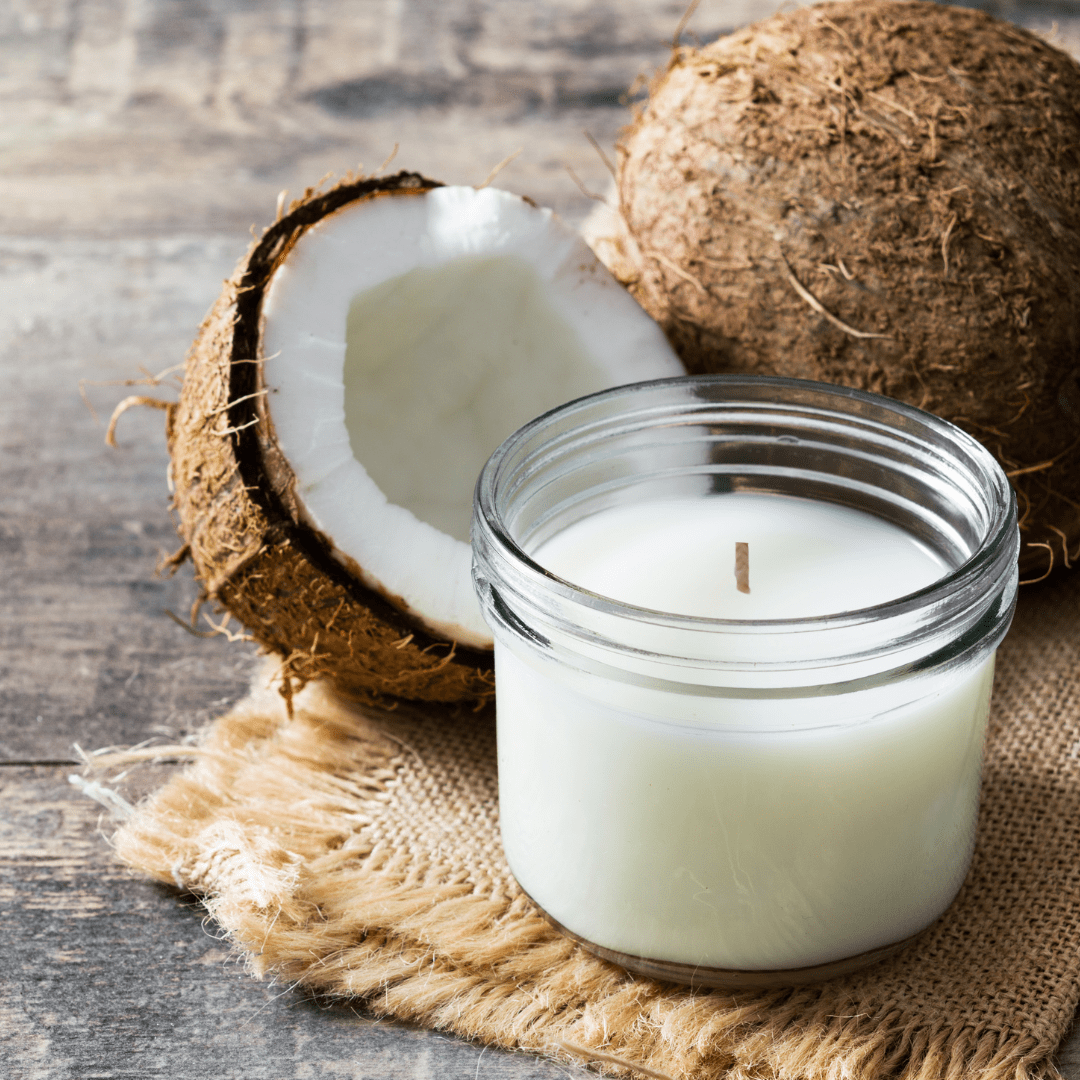Infuse Your Home with the Scent of Crystal Soy Candles and Home Fragrance
From Wick to Wax: Understanding the Chemistry Behind Soy Wax Candles and Their Environmental Impact
As we illuminate our spaces with the cozy glow of candles, there lies a world of intricate chemistry behind the apparently straightforward act of lighting a soy wax candle light. Join us as we unravel the scientific intricacies behind soy wax candles and explore their implications on our setting.
Soy Wax Vs. Paraffin Wax
When contrasting soy wax and paraffin wax for candle light making, it is important to recognize the unique qualities and advantages of each material. Soy wax is a natural, sustainable resource derived from soybean oil, making it green and naturally degradable - crystal soy candles. On the other hand, paraffin wax is a by-product of oil refining, which increases problems about its environmental effect and sustainability
Soy wax candles shed cleaner and give off less residue contrasted to paraffin wax candle lights, making them a much healthier choice for interior air quality. In addition, soy wax has a lower melting factor, permitting a longer-lasting candle that spreads scent much more efficiently. Paraffin wax, on the other hand, has a tendency to melt faster and less cleanly, potentially releasing harmful chemicals into the air.
From a sustainability point of view, soy wax is preferred for its biodegradability and eco-friendly sourcing, aligning with the growing consumer choice for ecologically conscious products. While paraffin wax has actually been a traditional choice in candle making because of its affordability and convenience of usage, the shift in the direction of eco-friendly choices like soy wax is obtaining energy in the sector.
Chemical Structure of Soy Wax

Combustion Process in Soy Candles
The chemical composition of soy wax straight influences the burning process in soy candles, influencing variables such as melt time, aroma release, and environmental effect. When a soy candle light is lit, the heat from the fire thaws the wax near the wick.
The burning performance of soy candles is affected by the pureness of the soy wax and the quality of the Get More Info wick. Furthermore, soy wax candle lights have a lower ecological effect contrasted to paraffin candle lights due to their sustainable and eco-friendly nature.

Ecological Advantages of Soy Wax

Taken into consideration a sustainable choice to typical paraffin wax, soy wax provides remarkable environmental benefits that make it a preferred choice amongst eco-conscious consumers. Soy wax burns cleaner and creates much less soot than paraffin wax, adding to much better interior air quality and minimizing the demand for cleansing and upkeep. On the whole, the ecological benefits of soy wax straighten with the expanding need for sustainable and eco-friendly items in the market.
Recycling and Disposal Factors To Consider
Recycling and correct disposal of soy wax candle lights play an essential duty in maintaining ecological sustainability and minimizing waste in areas and families. The first action is to guarantee that the candle has shed completely when it comes to recycling soy wax candles. This can be attained by permitting the candle light to shed up until the wick is no much longer functional, and afterwards letting the continuing to be wax cool and strengthen. Once the wax has actually strengthened, it can be thoroughly eliminated from the container.

In regards to disposal, if recycling is not read this an alternative, soy wax candles are naturally degradable and can be safely dealt with in most household waste systems. Nonetheless, it is constantly suggested to contact local reusing facilities or waste management solutions for certain guidelines on candle light disposal to make sure appropriate handling and environmental defense.
Conclusion
To conclude, the chemistry behind soy wax candle lights reveals their ecological advantages over paraffin wax candle lights. Soy wax, originated from soybean oil, burns cleaner and generates less residue when compared to paraffin wax. The burning process in soy candle lights is more reliable, resulting in a much longer and much more also burn. Furthermore, soy wax is biodegradable and sustainable, making it an extra sustainable option for candle light production. Reusing and correct disposal of soy wax candles additionally contribute to their environmental influence.
When comparing soy wax and paraffin wax for candle production, it is necessary to recognize the distinct characteristics and advantages of each material (crystal soy candles).Soy wax candles melt cleaner and produce much less residue compared to paraffin wax candle lights, making them a healthier selection for interior air high quality.Considered a sustainable option to standard paraffin wax, soy wax supplies notable environmental benefits that make it a popular option among eco-conscious customers. Soy wax burns cleaner and creates much less find out residue than paraffin wax, adding to better indoor air high quality and reducing the requirement for cleaning and maintenance.In conclusion, the chemistry behind soy wax candles reveals their environmental advantages over paraffin wax candles